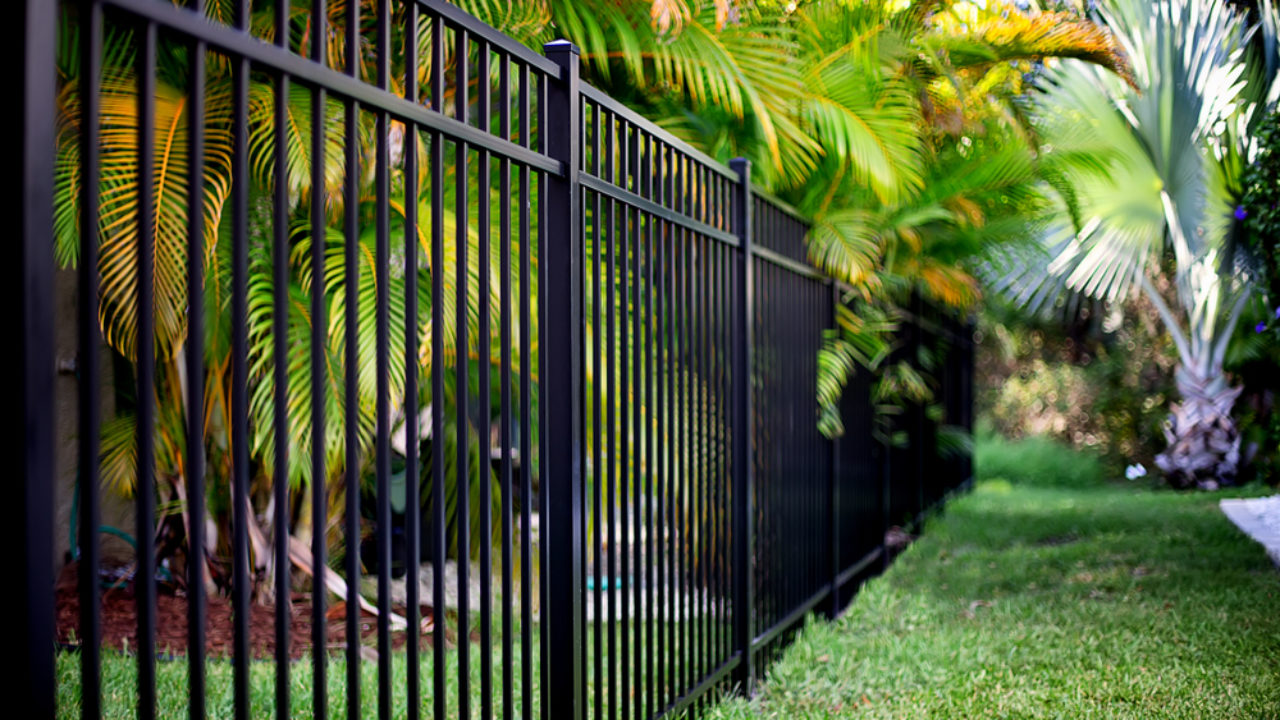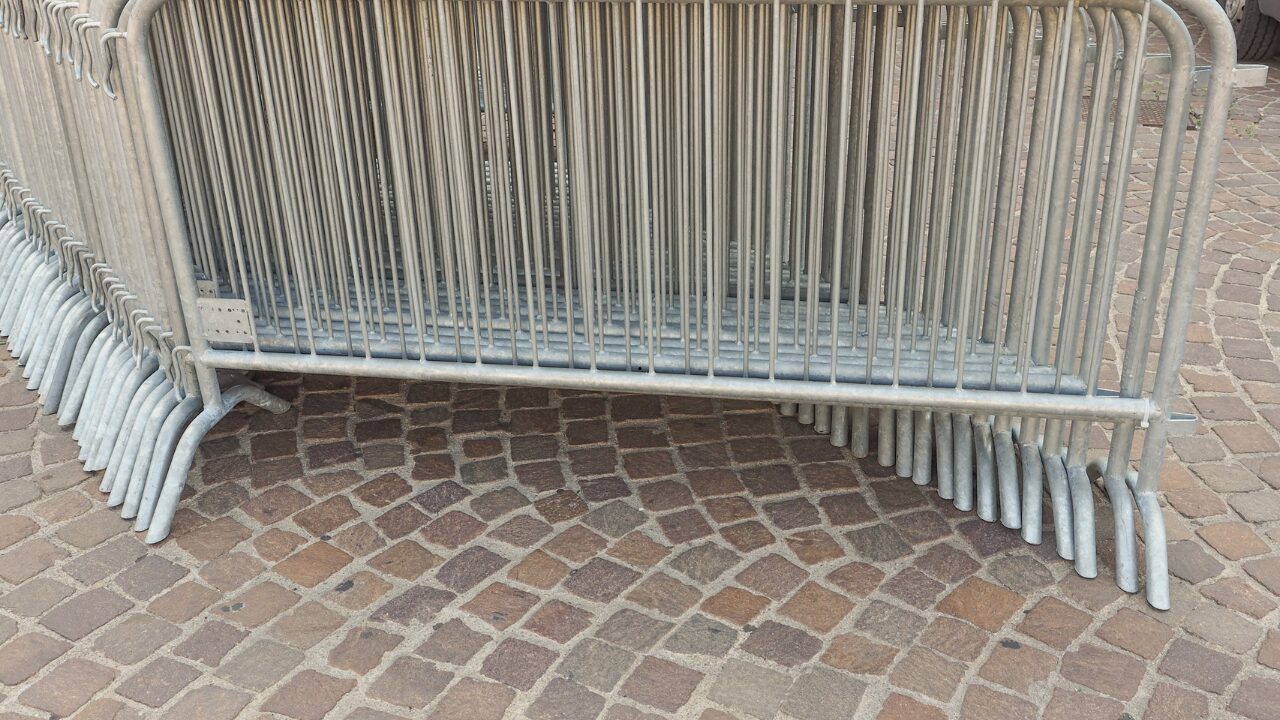An electrical pigtail in a fence post is a method for extending small wires or joining several wires into one conductor so that it may connect to electrical fixtures like a switch or outlet. It is straightforward enough for homeowners to complete on their own.
Anyone who enjoys DIY projects must be able to create an electrical pigtail. This method can help you save time and aggravation when wires are too short to deal with comfortably and safely. This DIY manual shows how to create an electrical pigtail to finish easy at-home electrical chores.
Lightweight and robust step-in fencing for erecting and dismantling temporary fencing posts are excellent. Fencing is held in place with the help of eight molded clips. Stepping the fence post into the ground is made incredibly simple by a heavy-duty steel stake situated at the bottom of the post.
Table of Contents
Pigtail Steps: An Overview
The pigtail post’s shape resembles a pigtail, as the name suggests. It is a temporary fence that is lightweight, quick, and simple to install. The spring steel used to make the Electric Fence Steel Step-in Pigtail Post has a high tensile strength to withstand the high impact from animals or outside forces.
Different colored plastic insulation is placed on the top of the steel Electric Fence Step-in Pigtail Post for increased visibility. Additionally, the only insulation that may be used in electric fencing safely is plastic.
All wires, including poly wire and electric rope fences, are supported by the loop at the top of the steel step-in pigtail posts for electric fences. For permanent line wire grazing operations or temporary and electric fence enclosures in a range of heights, this lightweight post is perfect.
Common steel posts tend to flex along the shaft when placed in hard soil. Pigtail posts, however, are more durable. Stressed posts will flex before returning to their normal form. More than just advantageous for installation, they are less likely to sustain long-term damage from stray round bales and other things.
Steps To Install pigtail step In Fence Post
In the soft soil, put up the sign where you want it. The Electric pigtail Step-in Post may be pushed into the ground by stepping on the welded staples. The height of the Steel Step-in Post for the Electric Fence can be adjusted to meet your needs.
A dry or firm surface. Prepare the ground by drilling several pilot holes for the Steel Step-in Post for Electric Fence. Into the holes, insert the steel step-in post for an electric fence. Put soil into the hole.
For strength and stability, tamp the dirt around the base of the post. Check the post’s plumpness with a level. When tamping, take care not to alter the post alignment.
Types of Pigtail steps
Pigtail fencing posts are essential for rotational grazing among farmers worldwide. In our own fields, Posts Fencing Systems offer the finest durability and value.
Standard posts have pigtail rings protected by tough, UV-resistant plastic. However, pigtails with sturdy top heads are made of galvanized steel, which prevents deterioration from friction and sunshine.
They are less prone to tangle when using a Pigtail Caddy or to carry a bundle by hand. An insulated top handle is a feature of posts with a sturdy top head. You can use the fence to move the posts safely when the fence is in use. It is a huge time saving when you are distant from the power source.
The main advantage of a post is that it prevents grounding out of the fence if a conductor is accidentally knocked out of the pigtail or clip-on insulator and comes into touch with the metal post.
It’s a good option for graziers whose livestock or surroundings are at high risk for conductors that become loose.
How To Make A Pigtail Step Yourself?
1) Shut Off Electric Power
The electricity should be turned off first. It would help if you never started electrical work without turning off all power sources. When you get to your breaker box, turn off the breaker that powers the electrical cables you’ll be working on.
Unscrew your old outlet or switch from the wall if it hasn’t previously been done. After you’ve turned off the electricity, take out the outlet, and use your voltage tester to confirm that the electrical current is off.
2) Separate The Wires
When you’re certain the cables are dead, unplug them from the gadget and organize your wires by color. Black or hot wires and copper grounding wires should all be present.
It’s time to be ready for the pigtail once you’ve organized your wires by color. To make it simpler to twist the wires together, clip the ends of each wire to the same length. Next, strip each wire.
After that, strip the ends of the longer, extra wires you will use to create the pigtails. It’s time to add the pigtail once you’ve finished setting up your wires, and they look nice and even.
3) Add Wires Nuts
Put the extra neutral wire next to the other neutral wires inside the box, and then twist the wires together with your pliers. After twisting the wires together, clip the end to ensure that the wire nut will cover the entire assembly. You can now attach your wire nut. For the final two wire groups, repeat this procedure.
4) Attach Wires To The Outlet
You can now prepare to install your new switch or outlet now that you have neat, lengthy cables to deal with. The wire bundles must first be pushed into the electrical box’s rear, leaving only the longer pigtail protruding from the wall.
Feel free to remove the end of your new pigtail wires for brand-new connections. Then, push the wires back into the box after attaching them to your outlet or switch and install the cover plate after the gadget is screwed into the box. Test your work after re-engaging the power.





